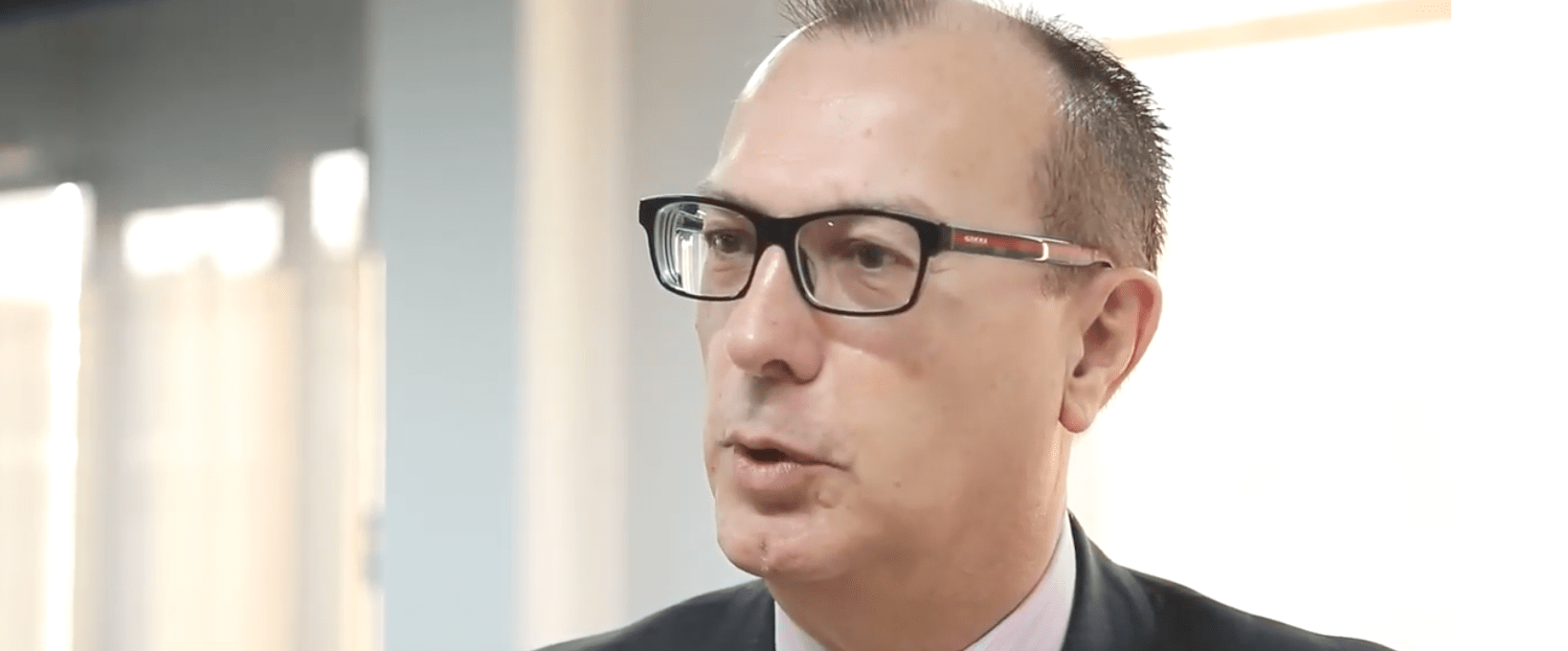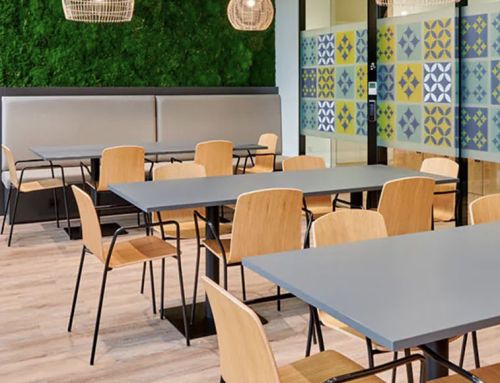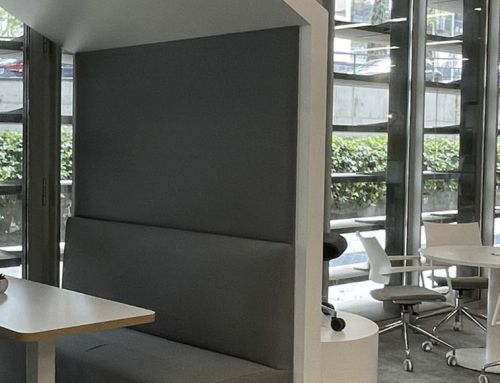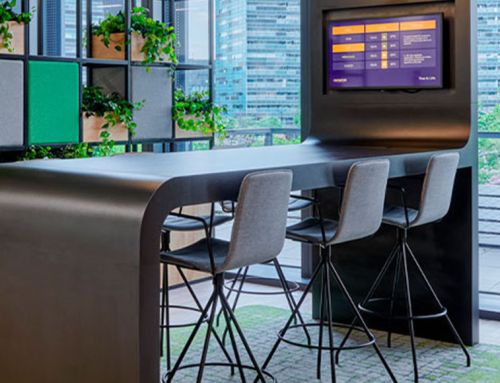“Offices are not going to disappear despite teleworking, but in this new scenario it is important to bear in mind that in many cases workers will be on the move and work will be hybrid, i.e. they will combine face-to-face and remote work.”, explains Martín López, director comercial de Ofita.
In this “new normal” security will have a decisive effect on the transformation of space. But the health crisis has also made teleworking a key dynamic in the post-COVID era. This is already having an impact on office design. “If work is flexible, offices must also be flexible to allow for variable office occupancies; to be able to react better to future contingency plans; and flexibility to provide employees within the same office with different and reconfigurable spaces to facilitate their functions.
Ofita’s commercial director points out that depending on the functions of each worker and their vulnerability to contagion, it will be necessary to consider which people do or do not need to have a physical and defined space. Therefore, it does not always make sense for each person to have an assigned workstation.
More and more companies are opting for “non-territoriality”, where all spaces belong to all employees. “This system allows considerable space savings, gives the organisation greater flexibility and speed of adaptation and growth, and supports the mobility of workers and their new ways of working,” says Martín López. “Each space is designed for a specific activity or work dynamic (concentrated work, teamwork, informal communication, confidentiality, etc.).
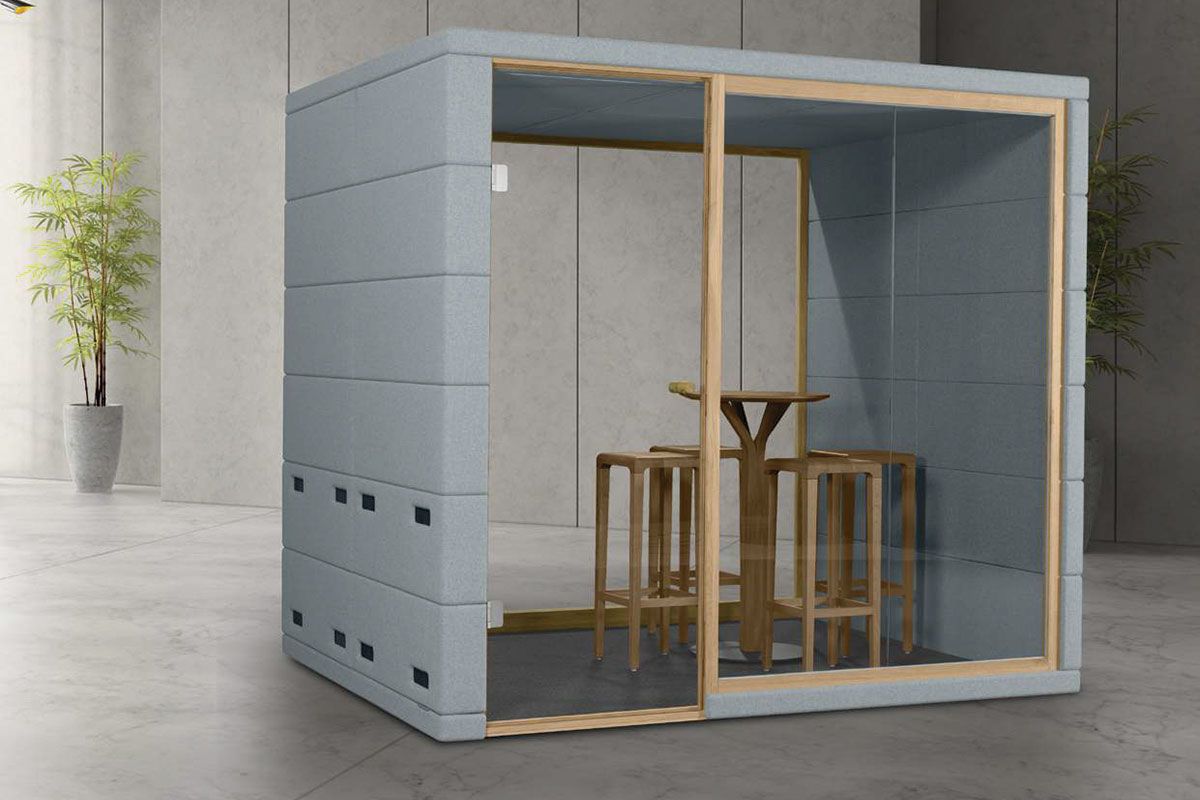
Concentration space
Space + technology + people, offices in the teleworking era
According to Martín López, more than ever, in the new normality three elements will be indissoluble in office design: space + people + technology.
“Technology is one of the great challenges of the new offices. It promotes mobility and encourages remote collaboration between geographically dispersed teams. The lack of connectivity makes it impossible to use versatile workstations”. In addition, technology to reserve different spaces will be one of the biggest additions to the new offices.
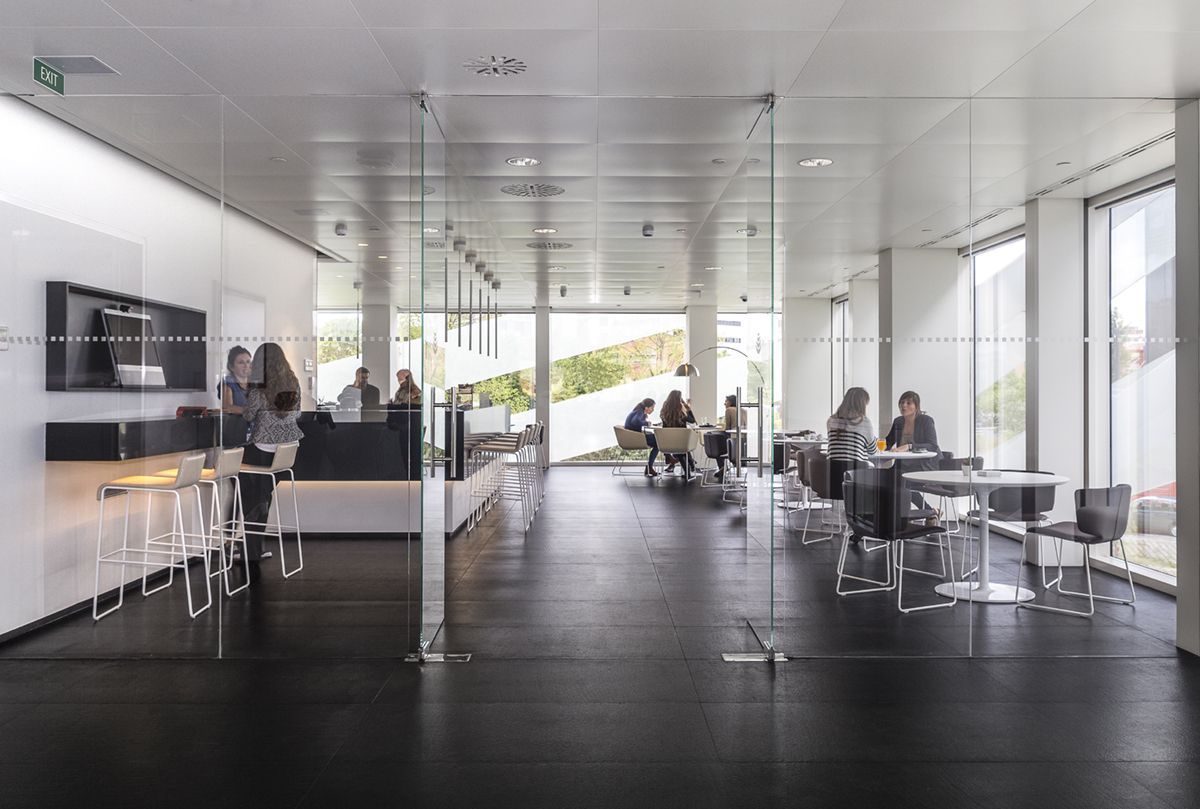
Socialisation, the new role of the office
Why and what will we go to the office for? “Sometimes to co-create and sometimes to find the optimal conditions to concentrate,” according to Martin Lopez. “We need to be part of a community; to exchange and interact, and this is the new role of the office.
Finally, Ofita’s marketing director points out that “we could say that the health crisis has humanised companies. We have realised that people and their well-being are the priority”.
As a result, the office is also becoming more human. “Not only to create a comfortable environment for its employees, but also to transmit through the space those new values that speak to us of ethics, responsibility, sustainability and commitment to people”, says Martín López.
